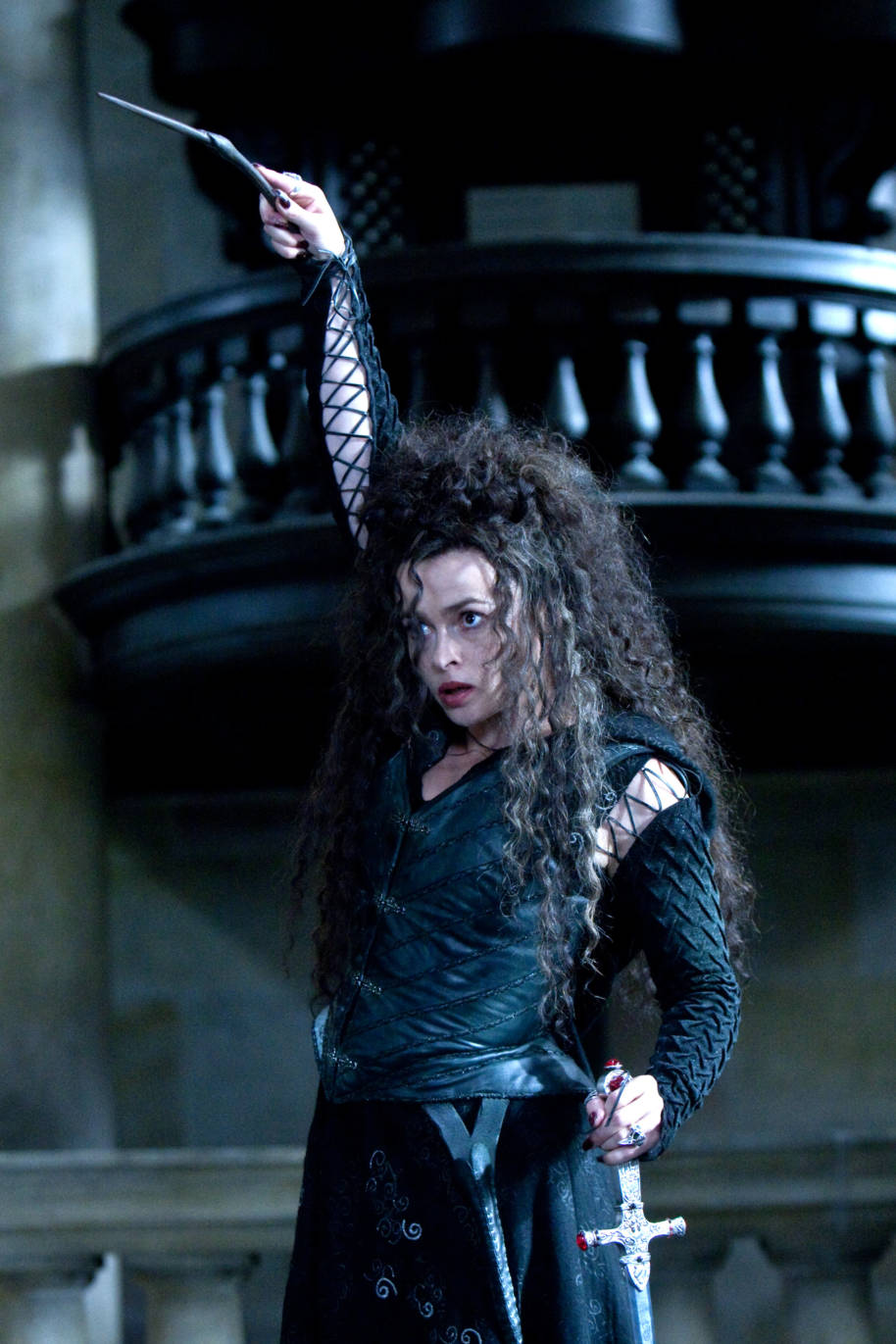
It’s sometimes said that if you try and exert your own opinions on your children they’ll end up either obeying you or deliberately rebelling against you. In the case of Cygnus and Druella Black, their three daughters ran the gamut: one obeyed, one rebelled and one ended up somewhere in between. Each of the three women’s lives ended up being defined by love: even if sometimes that love was rather twisted... Yes, Bellatrix, we’re looking at you.
Here’s a look at the Black sisters’ history and how they took dramatically different paths.
The early years
Growing up, the girls’ lives would have been comfortable. The Black family was a fairly wealthy one, after all, named as one of the so-called ‘Sacred Twenty-Eight’: truly pure-blood wizarding families. But we can only wonder how idyllic their home life might have been as kids.
Sirius, when explaining his family tree to Harry, revealed the unsettling proclivities of other members of the Black family tree, like a cousin who tried to force through a Ministry Bill to make Muggle-hunting legal. The way the family ostracised anyone who disagreed with their views made it clear that they weren’t entirely loving, and that blood wasn’t as important as their ideals – though ironically the ideals were all about blood.
But as kids, at least, the sisters all had one thing in common: they were all sorted into Slytherin. But after Hogwarts, their stories would take very different routes.

Bellatrix the Death Eater
Bellatrix, the eldest, bought into her parents’ pure-blood mania with a breathtaking completeness. Of all the sisters, it was Bellatrix who was the most faithful to her family, and it was she who was utterly irredeemable as a result. Bellatrix joined the Death Eaters as soon as she was able. She married – not for love but to further blood purity – Rodolphus Lestrange, a man we never learnt much about, but who joined Bellatrix with cruel delight in torturing Frank and Alice Longbottom.
The only person that Bellatrix truly loved, in the end, was Lord Voldemort – indeed, Harry was struck by her fierce mania for him even when seeing her in a Pensieve. Bellatrix spoke to Voldemort tenderly, and she was the last Death Eater standing with him at the Battle of Hogwarts. It was a one-sided, consuming love towards a man who was incapable of feeling the emotion in return, and it inexorably pulled her to ruin. Bellatrix took her family’s values to heart – and as such, led the darkest path.

Narcissa the devoted mother
If Bellatrix managed to muster affection for anyone other than Voldemort, it was her younger sister (even at the height of the Second Wizarding War, Bellatrix and Narcissa called each other Cissy and Bella, no doubt childhood nicknames they’d given each other). Narcissa, the youngest of all three, made a respectable marriage after graduating Hogwarts, and into another pure-blood family. It was Lucius Malfoy, a Death Eater, who brought Narcissa into the darker side of the wizarding world – but tellingly, Narcissa never became a Death Eater herself.
And although Narcissa wasn’t exactly the warmest of characters (Harry often likened her to looking like she had ‘dung under her nose’), she did harbour a fierce maternal love for her son, Draco. After all, it was Narcissa who wished for Draco to attend Hogwarts rather than Durmstrang so that he might be closer to home, and it was this same love that made her defy and lie to Lord Voldemort, leading to his downfall. Convinced of her family’s superiority, but not bold or cruel enough to lose herself to it completely, Narcissa was loyal to her own child instead, and walked the middle path of the Noble and Most Ancient House of Black.

Andromeda the blood traitor
And then there was Andromeda. The middle child. But Andromeda stood out from the sisters in her own way: when she married Ted Tonks, a Muggle-born wizard of distinctly ‘impure’ blood. He called her Dromeda, perhaps her own childhood nickname, or perhaps a new one to mark her new family. She was immediately disowned as a blood traitor, and from that day onwards she never saw her sisters again. Bellatrix confirmed this to Voldemort, saying she and Narcissa ‘never set eyes on our sister since she married the Mudblood’. Despite this, Andromeda bore the burden of having an uncanny resemblance to her older sister, Bellatrix. In fact, Harry mistook Andromeda for Bellatrix the first time he saw her, to the point that he reflexively went for his wand – much to Andromeda’s offence.
It was Andromeda, though governed more by kindness than her sisters, who was left with the most scars. Andromeda lost almost everything in the Second Wizarding War. Snatchers killed Ted, while he was on the run from the Death Eater-controlled Ministry of Magic. Heartbreakingly soon after that, her own sister, Bellatrix, murdered her daughter Nymphadora Tonks. It was left to Andromeda to bring up her grandson Teddy, almost the only direct family she had left, showing a true strength and bravery that her sisters did not.
It seems almost impossible that these three women, with almost identical upbringings, could lead such different lives – but the Black family tree twists and grows in mysterious ways.


